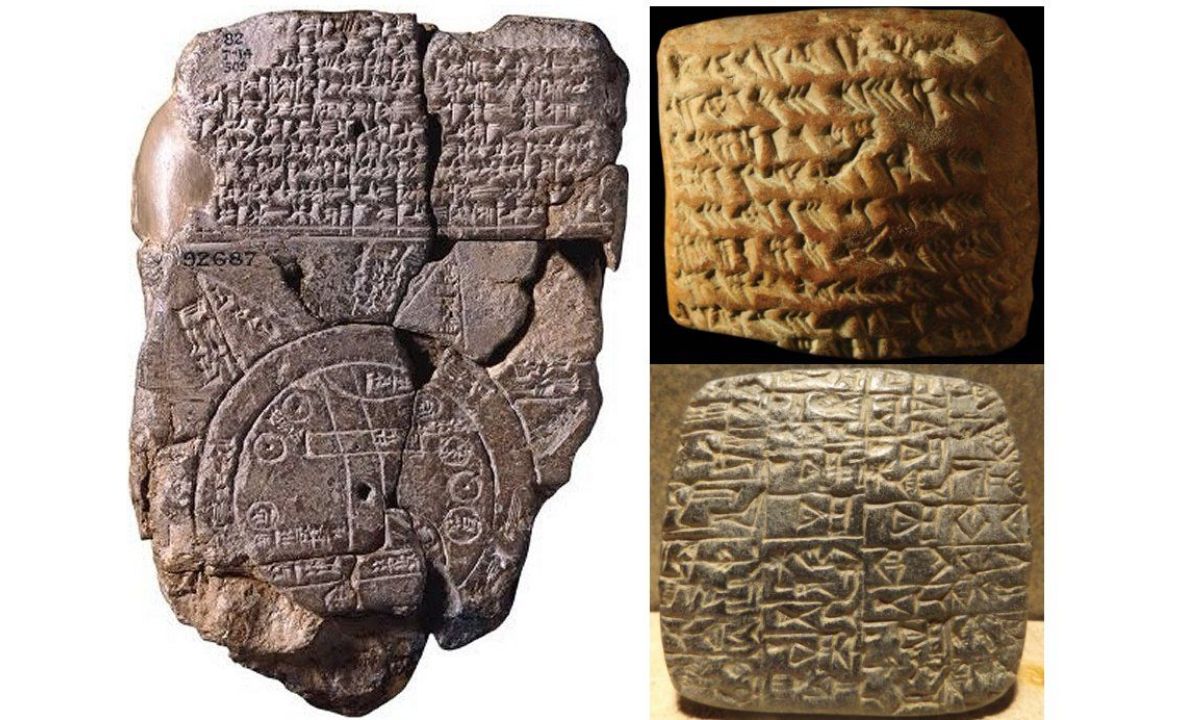The intricate world of Jewish scholarship comes alive through Maimonides’ masterful compilation of Tannaim in his Peirush Mishnayos. This comprehensive guide explores the depth and breadth of these influential Jewish sages through the lens of the Rambam’s groundbreaking commentary.
The Significance and Context of Maimonides’ List of Tannaim in Peirush Mishnayos
The Rambam’s systematic organization of Tannaim represents a watershed moment in Jewish intellectual history. Written in Arabic during the 12th century, this masterwork provides unprecedented clarity to the complex web of Tannaitic teachings that form the backbone of Jewish law.
“The words of the Tannaim are like burning coals, each containing endless depths of wisdom” – Maimonides, Peirush Mishnayos
Key Features of the Rambam’s Compilation:
- Chronological Organization: Careful arrangement of sages by generation
- Cross-Referenced Citations: Systematic linking of related teachings
- Biographical Details: Essential context for understanding each Tanna’s perspective
- Methodological Framework: Clear explanation of interpretative principles
Overview of Maimonides and His Peirush Mishnayos
Maimonides: A Brief Introduction
Moses ben Maimon (1138-1204), known as Maimonides or the Rambam, transformed Jewish scholarship through his systematic approach to Jewish law and philosophy. Born in Córdoba, his journey through Morocco and eventually to Egypt shaped his unique perspective on Jewish texts.
Notable Achievements:
- First Arabic translation and commentary on the Mishnah
- Systematic codification of Jewish law in Mishneh Torah
- Integration of Aristotelian philosophy with Jewish thought
Purpose and Importance of Peirush Mishnayos
| Aspect | Significance |
| Language | First comprehensive Arabic commentary making Mishnah accessible to Sephardic Jews |
| Methodology | Systematic analysis combining logic and tradition |
| Scope | Covers all six orders of Mishnah with unprecedented depth |
| Impact | Foundational text for understanding Tannaitic teachings |
Notable Tannaim Featured in Maimonides’ Work
Rabbi Akiva (c. 50 – 135 CE)
A towering figure in Tannaitic literature, Rabbi Akiva revolutionized Torah study methodology. The Rambam frequently cites his teachings as foundational principles in Jewish law.
Key Contributions:
- Systematic method of biblical interpretation
- Development of the Oral Torah’s structure
- Training of leading scholars who preserved Torah during Roman persecution
Rabbi Yohanan ben Zakkai (c. 30 BCE – 90 CE)
The Rambam portrays Rabbi Yohanan ben Zakkai as a pivotal figure who ensured Judaism’s survival after the Temple’s destruction. His foresight in establishing the academy at Yavneh created a new framework for Jewish learning that would endure millennia.
Key Accomplishments According to the Rambam:
- Preservation of Torah study during political upheaval
- Institution of numerous rabbinic enactments (Takkanot)
- Development of the post-Temple prayer structure
Rabbi Yehuda HaNasi (c. 135 – 217 CE)
Known simply as “Rebbi,” Rabbi Yehuda HaNasi receives special attention in Peirush Mishnayos as the compiler of the Mishnah itself. The Rambam extensively analyzes his editorial decisions and methodology.
Editorial Principles Highlighted by Maimonides:
- Careful selection of authoritative opinions
- Precise language choices
- Systematic organization of legal material
- Integration of multiple traditions
Themes Among the Tannaim
The Rambam identifies several recurring themes in Tannaitic discourse:
- Logical Analysis
- Application of hermeneutical rules
- Systematic derivation of laws
- Resolution of apparent contradictions
- Ethical Teachings
- Character development
- Interpersonal relationships
- Divine service
- Legal Innovation
- Responses to new situations
- Application of biblical principles
- Development of rabbinic law
The Systematic Compilation of Tannaim by the Rambam
Maimonides employed a sophisticated system for presenting Tannaitic opinions:
| Category | Criteria | Example |
| Primary Sources | Direct Mishnaic quotes | “Rabbi X says…” |
| Secondary Sources | Tosefta and Beraitot | Supporting texts |
| Historical Context | Biographical details | Teacher-student relationships |
| Legal Principles | Methodology | Rules of psak (decision-making) |
Noteworthy Tannaim
Rabbi Shimon Bar Yochai (c. 100 – 160 CE)
The Rambam’s treatment of Rabbi Shimon bar Yochai is particularly illuminating:
“His method of interpretation reveals the deepest layers of Torah understanding” – Maimonides
Distinctive Features:
- Emphasis on reasoning (ta’amei hamitzvot)
- Mystical dimensions of law
- Precise textual analysis
Rabbi Meir (c. 100 – 160 CE)
Maimonides frequently cites Rabbi Meir’s teachings, noting his unique ability to present multiple perspectives:
Characteristics Emphasized by the Rambam:
- Sharp logical analysis
- Comprehensive knowledge base
- Creative legal solutions
The Rambam’s Methodical Interpretations
A Rational Approach
Maimonides’ commentary stands out for its:
- Logical Framework
- Clear principles of interpretation
- Systematic analysis
- Reasoned conclusions
- Historical Context
- Temporal placement of debates
- Social and political background
- Cultural influences
Contrasts with Other Commentators
The Rambam’s approach differs markedly from other medieval commentators in several key aspects:
| Commentator | Approach | Focus | Style |
| Rambam | Rational-philosophical | Legal principles | Systematic |
| Rashi | Textual explanation | Basic meaning | Concise |
| Tosafot | Dialectical | Reconciling sources | Detailed analysis |
| Ra’avad | Critical review | Alternative views | Pointed critique |
Distinctive Elements of Rambam’s Commentary:
- Philosophical Integration
- Incorporation of Aristotelian concepts
- Rational explanations for traditions
- Universal principles underlying laws
- Linguistic Clarity
- Arabic translation for accessibility
- Precise terminology
- Clear definitions of complex concepts
Enduring Legacy of the Tannaim and the Rambam
Impact on Future Generations
The Rambam’s presentation of Tannaitic teachings continues to influence Jewish scholarship in several ways:
- Methodological Framework
- Structured approach to legal analysis
- Clear principles of interpretation
- Systematic organization of material
- Educational Impact
- Template for Torah study
- Model for legal decision-making
- Bridge between cultures and languages
Contemporary Relevance
Modern Applications of Tannaitic Principles:
- Bioethical decisions
- Technology and Halakha
- Social justice issues
- Environmental concerns
Fresh Perspectives Offered by the Rambam
Addressing Halakhic Disputes
The Rambam’s innovative approach to resolving Tannaitic disputes includes:
“When we find conflicting opinions among the Tannaim, we must first understand their fundamental principles before attempting to resolve the contradiction.”
Resolution Methods:
- Historical context analysis
- Principle-based reasoning
- Practical consideration
- Logical reconciliation
Rigorous Methodology
Key aspects of the Rambam’s analytical framework:
- Source Analysis
- Verification of texts
- Authentication of traditions
- Cross-referencing sources
- Logical Structure
- Clear premises
- Systematic deduction
- Consistent application
Lasting Influence of the Tannaim and the Rambam
Foundation for Later Scholars
The enduring impact manifests in several areas:
- Legal Methodology
- Framework for decision-making
- Principles of interpretation
- Balance of tradition and innovation
- Philosophical Approach
- Integration of reason and faith
- Systematic analysis
- Ethical frameworks
Relevance in Today’s Context
Modern applications of Tannaitic wisdom through the Rambam’s lens:
Contemporary Applications:
- Legal precedent in Jewish courts
- Ethical guidelines for modern challenges
- Educational methodology
- Interfaith dialogue
Final Words
The Rambam’s compilation of Tannaim in Peirush Mishnayos represents more than just a historical document. It provides a living framework for understanding and applying Jewish law and thought. Through his systematic presentation and analysis, Maimonides created a bridge between ancient wisdom and contemporary application that remains vital today.
TheBarchive Drum Corps: A Treasure Trove of Performances











